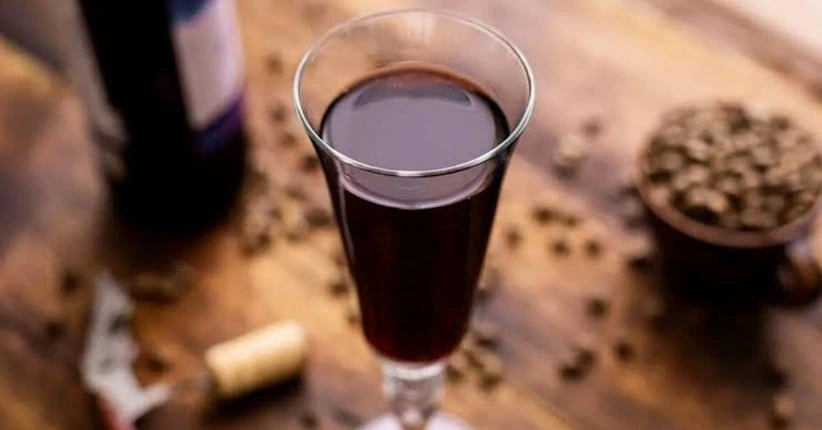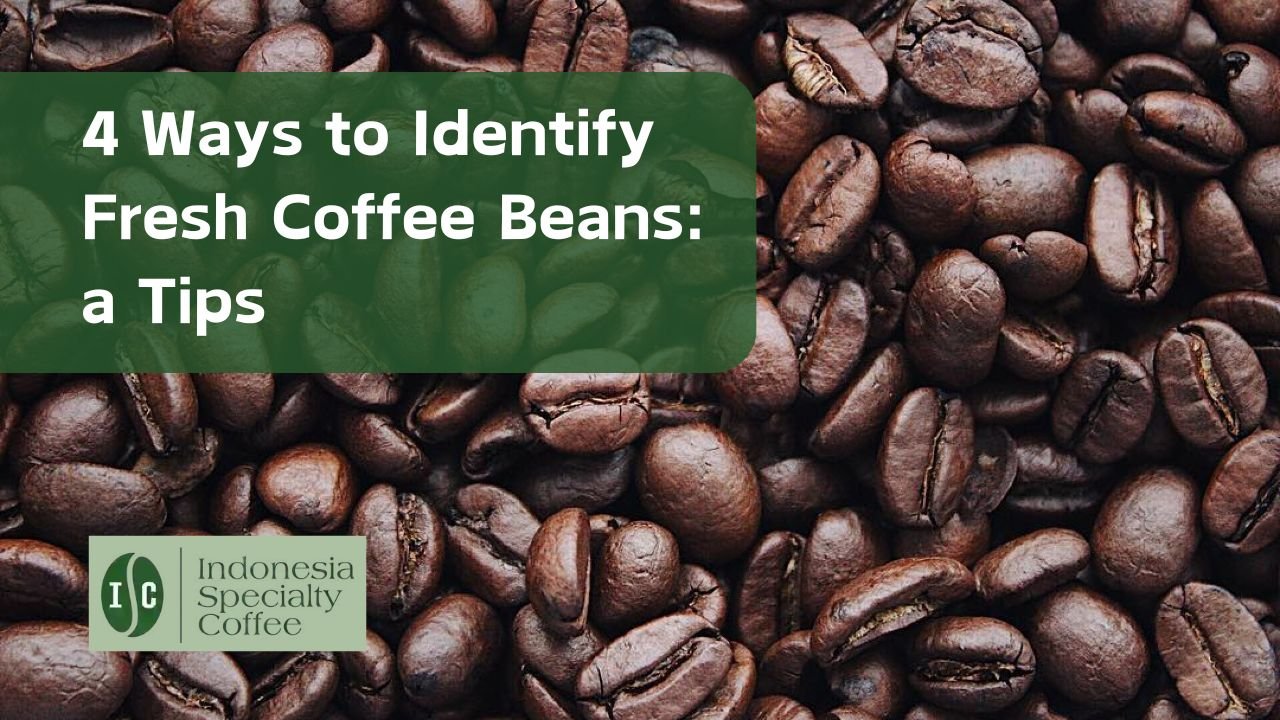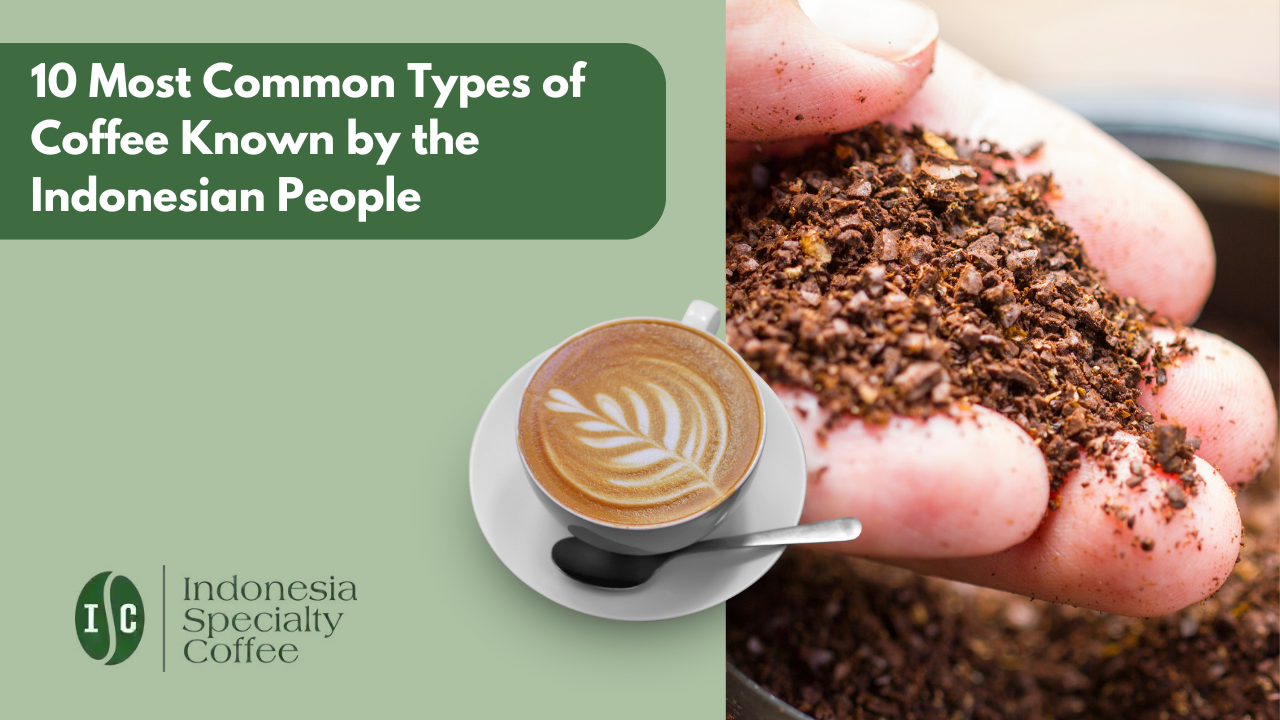Ever brewed a cup of coffee that looked perfect but tasted… off? Maybe it was too watery, too bitter, or just lacked that satisfying punch. You adjusted your grind size, your brew time, even your water — but the result stayed the same. The missing piece? TDS in coffee brewing — the science behind flavor perfection.
TDS in coffee might sound complicated, but it’s the invisible hero behind every truly great brew. Whether you’re chasing café-quality pour-overs or mastering your Kopi Luwak brew, understanding TDS could be the difference between just coffee and unforgettable coffee.
Let’s break it down — simply, clearly, and with practical tips you can use today.
What Is TDS in Coffee Brewing (And Why It Matters)?
TDS stands for Total Dissolved Solids — the “stuff” actually dissolved in your cup. When hot water pulls flavors, oils, and soluble compounds from coffee grounds, it leaves behind a signature — and TDS measures it.
Think of it this way:
- Low TDS = Thin, watery coffee with muted flavors.
- High TDS = Strong, rich coffee with a fuller mouthfeel.
But TDS isn’t just about strength. It shapes your coffee’s entire personality — sweetness, bitterness, acidity, and even body. Get it right, and every sip feels balanced and alive.
Curious about the chemical magic behind coffee flavors? Dive into The Chemical Composition of Coffee Beans for a deeper look.
How TDS in Coffee Brewing Impacts Flavor and Mouthfeel
TDS isn’t just numbers on a screen — it’s taste you can feel.
- Strength: Higher TDS equals a more concentrated cup. Expect bigger, bolder flavors.
- Sweetness vs. Bitterness: Higher TDS tends to bring out bitterness and acidity, while lower TDS highlights sweetness.
- Mouthfeel: High TDS delivers a thick, velvet-like texture; low TDS feels lighter, almost tea-like.
If you’re exploring specialty coffee grading, check out A Cup Above the Rest: The World of Specialty Coffee Grading to see how TDS plays into achieving top scores.
Best TDS in Coffee Brewing for Each Brew Method
Not all coffee is brewed the same — and neither is their TDS.
| Brew Method | Typical TDS Range |
|---|---|
| Espresso/Ristretto | 8% – 12% |
| Pour-over/Drip Coffee | 1.1% – 1.5% |
| French Press | 1.3% – 1.7% |
| AeroPress | 1.4% – 1.7% (filter-style) 5% – 7% (espresso-style) |
| Siphon (Vacuum Pot) | 1.4% – 1.6% |
| Cold Brew | ~4% concentrate, ~2% after dilution |
Want to learn more about brewing techniques? You might enjoy From Dry to Fermentation: A Guide to Coffee Processing Methods.

How to Measure TDS in Coffee Brewing Easily
Measuring TDS sounds intimidating, but it’s surprisingly easy with the right tool: a digital refractometer.
What You’ll Need
- Digital refractometer (think VST LAB Coffee III or DiFluid R2)
- Distilled water (for calibration)
- Brewed coffee (filtered if needed)
Quick Steps
- Calibrate with distilled water.
- Brew your coffee.
- Cool the sample to room temperature.
- Drop a few milliliters onto the sensor.
- Read the TDS value.
- Adjust your brewing if needed.
Pro tip: Always stir your coffee well before sampling to avoid uneven results.
Best Tools to Measure TDS in Coffee
Here are some top picks for serious brewers:
- VST LAB Coffee III — Ultra-precise, used by professionals.
- Atago PAL-COFFEE — Reliable and portable.
- DiFluid R2 — Smartphone-connected, budget-friendly.
If you’re new to specialty coffee and unsure where to start, our Beginner’s Guide to Coffee Sampler Packs can help you explore different origins and flavors.
Best Refractometers for TDS in Coffee Brewing
If you’ve ever chased that elusive perfect brew — the one that lingers on your tongue and makes you crave another sip — TDS is your secret weapon.
It turns guesswork into mastery. It gives you control. And best of all, it makes every cup better.
Want to learn more about the coffee culture shaping the world? Join the 3rd Wave of Coffee and elevate your coffee journey.
So ask yourself: If a tiny tool and a simple number could guarantee better coffee every single morning, why wouldn’t you start measuring today?








